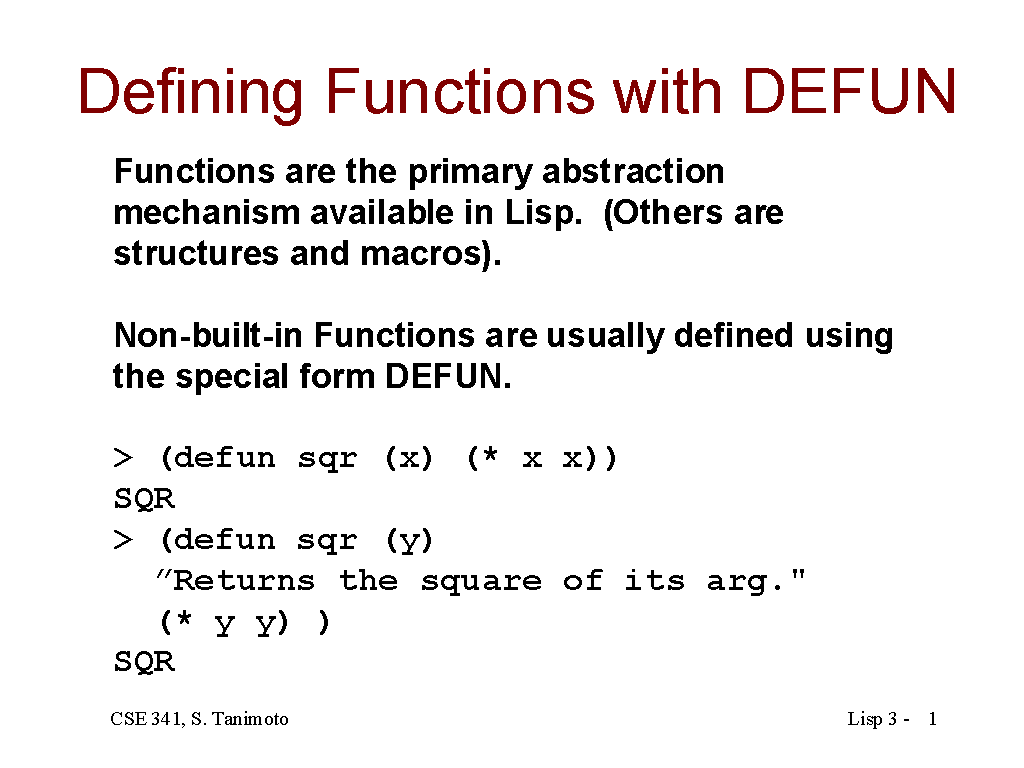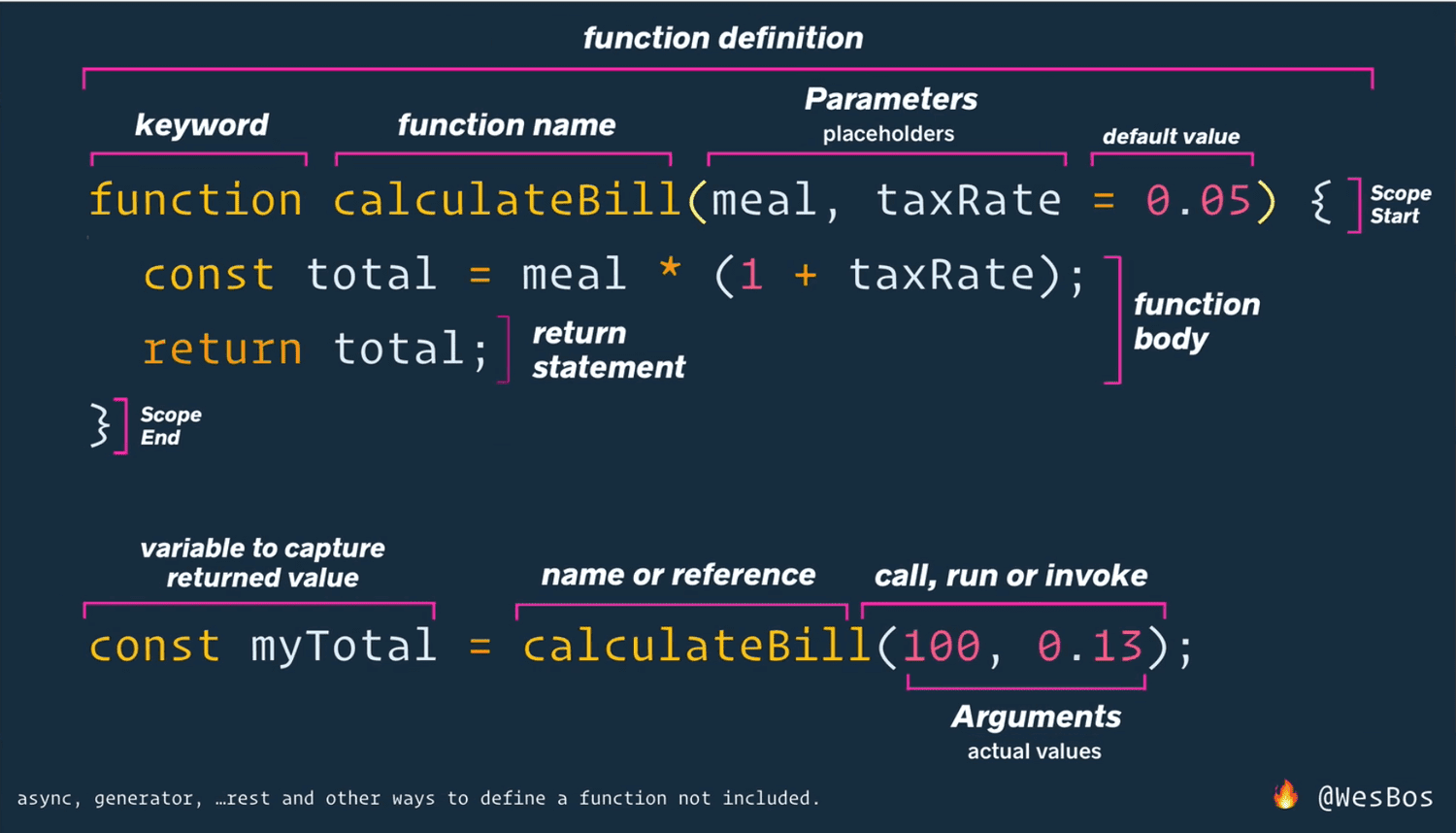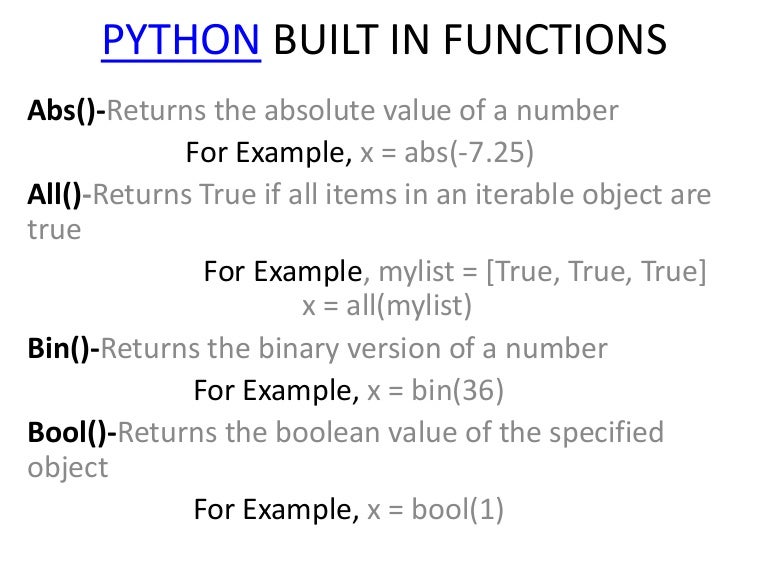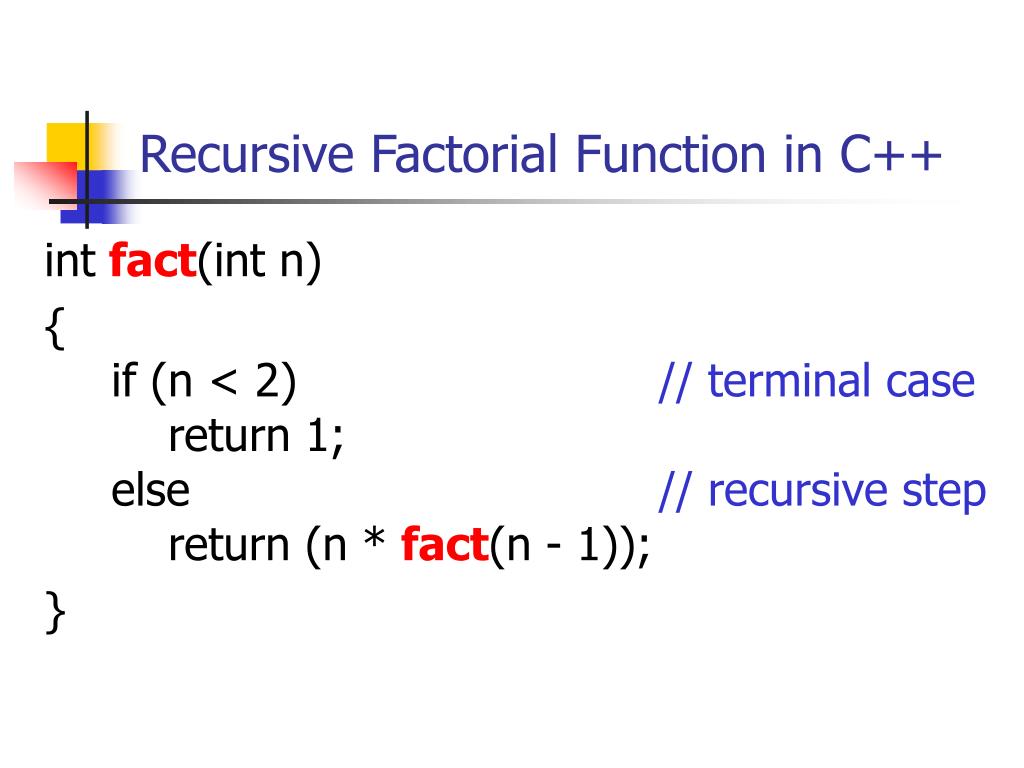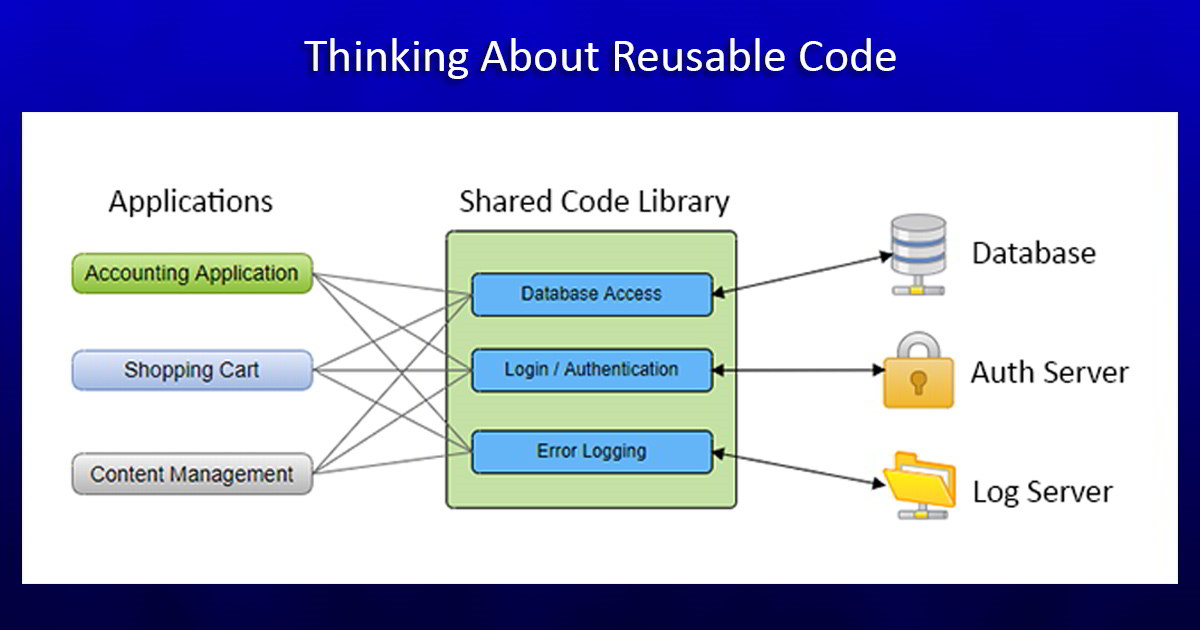Functions Presentation
| Introduction to Functions | ||
|---|---|---|
| Functions are blocks of code that perform a specific task. They can be reused throughout a program, saving time and effort. Functions improve the readability and organization of code. | ||
| 1 | ||
| Defining Functions | ||
|---|---|---|
| Functions are defined using the keyword "def" followed by the function name and parentheses. Parameters can be included in the parentheses to accept input values. The keyword "return" is used to provide the output or result of the function. | ||
| 2 | ||
| Function Syntax | ||
|---|---|---|
| The function name should be descriptive and follow naming conventions. Indentation is crucial in defining a function correctly. Example: def calculate_area(length, width): return length |  | |
| 3 | ||
| Calling Functions | ||
|---|---|---|
| Functions are called by using the function name followed by parentheses. Arguments can be passed into the function within the parentheses. Example: calculate_area(5, 3) will return the area of a rectangle with length 5 and width 3. | ||
| 4 | ||
| Function Parameters | ||
|---|---|---|
| Parameters are placeholders for values that will be passed into a function. They help make functions flexible and adaptable. Parameters can have default values to be used if no arguments are provided. | ||
| 5 | ||
| Function Return Values | ||
|---|---|---|
| The "return" statement is used to specify the result of a function. Functions can return different types of values, such as numbers, strings, or even other functions. The returned value can be stored in a variable or used directly. | ||
| 6 | ||
| Scope of Variables | ||
|---|---|---|
| Variables defined inside a function are considered local and can only be used within that function. Global variables can be accessed from any part of the program. It is important to avoid naming conflicts and to properly manage variable scope. | ||
| 7 | ||
| Built-in Functions | ||
|---|---|---|
| Python provides numerous built-in functions that can be used without the need to define them. Examples include print(), len(), range(), and input(). These functions simplify common tasks and enhance productivity. | ||
| 8 | ||
| Recursion | ||
|---|---|---|
| Recursion is a technique where a function calls itself to solve a problem. It is useful for solving complex problems that can be divided into smaller sub-problems. Proper termination conditions are essential to prevent infinite recursion. | ||
| 9 | ||
| Benefits of Using Functions | ||
|---|---|---|
| Functions enhance code reusability, reducing duplication and improving maintenance. They improve code readability and organization, making it easier to understand and debug. Functions promote modularity and scalability, enabling code to be easily extended and modified. | ||
| 10 | ||
| References (download PPTX file for details) | ||
|---|---|---|
| Python Functions... GeeksforGeeks. Retrieved from https:// www.ge... Functions in Python... |  | |
| 11 | ||

